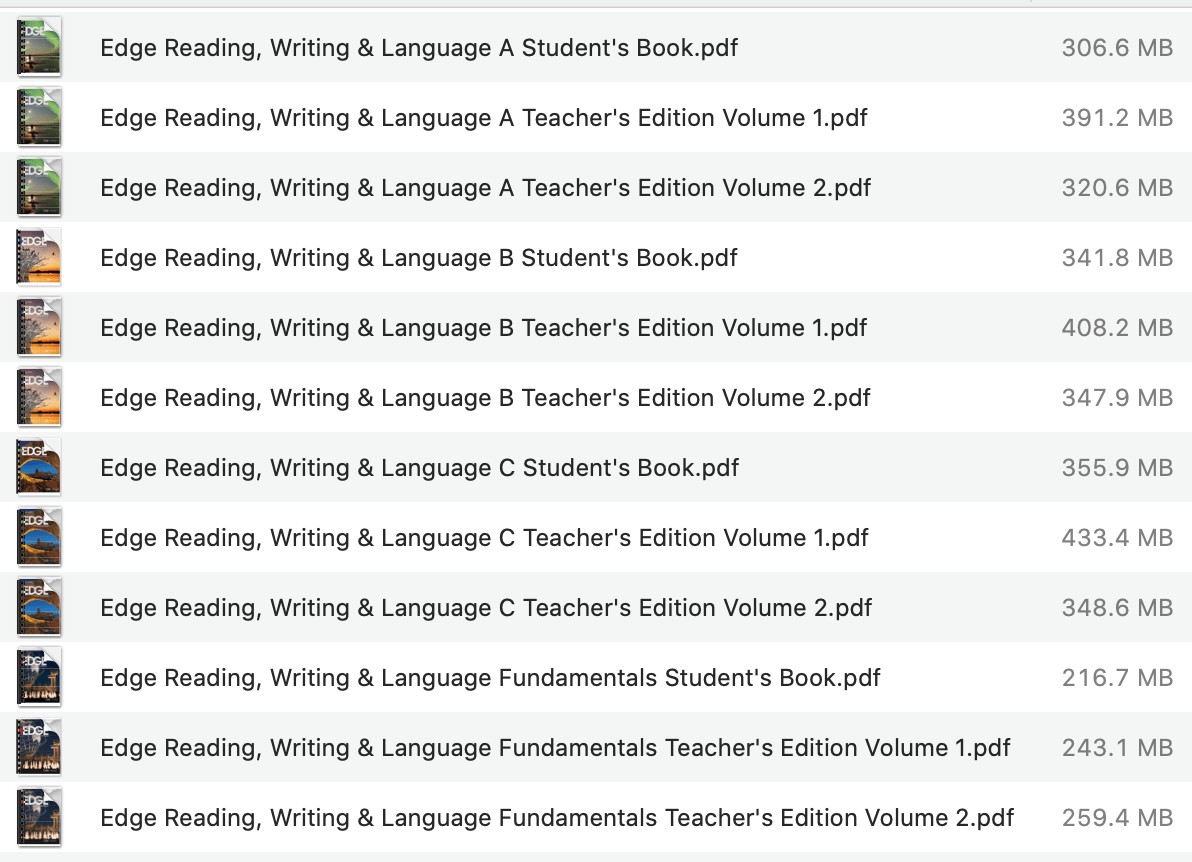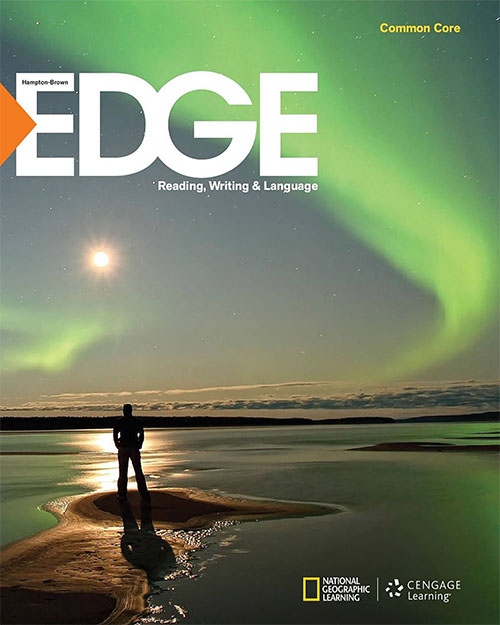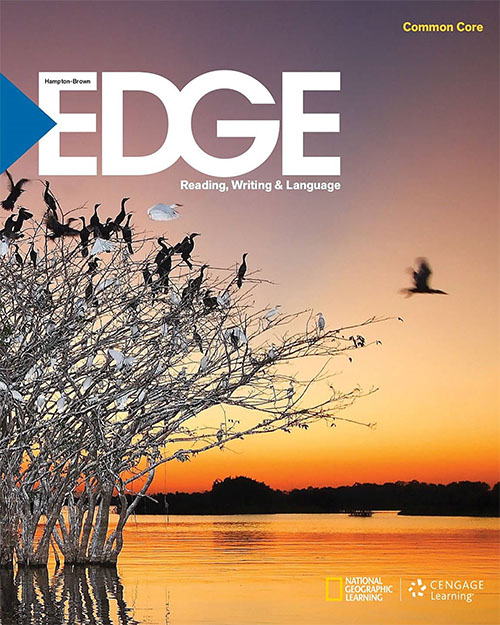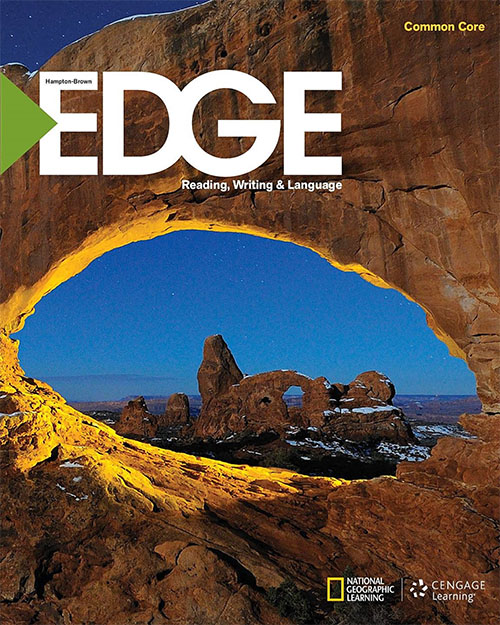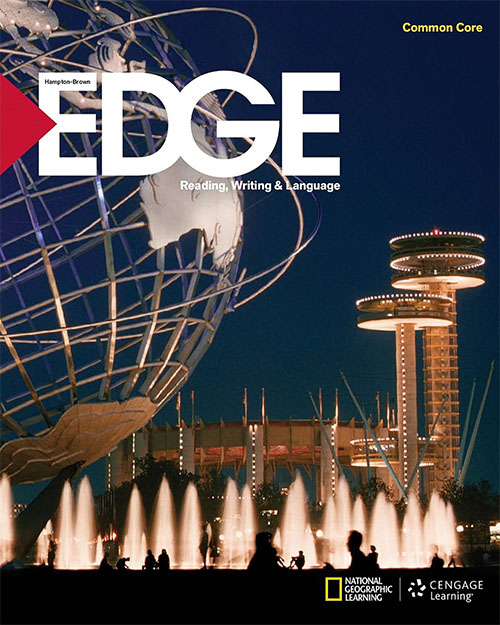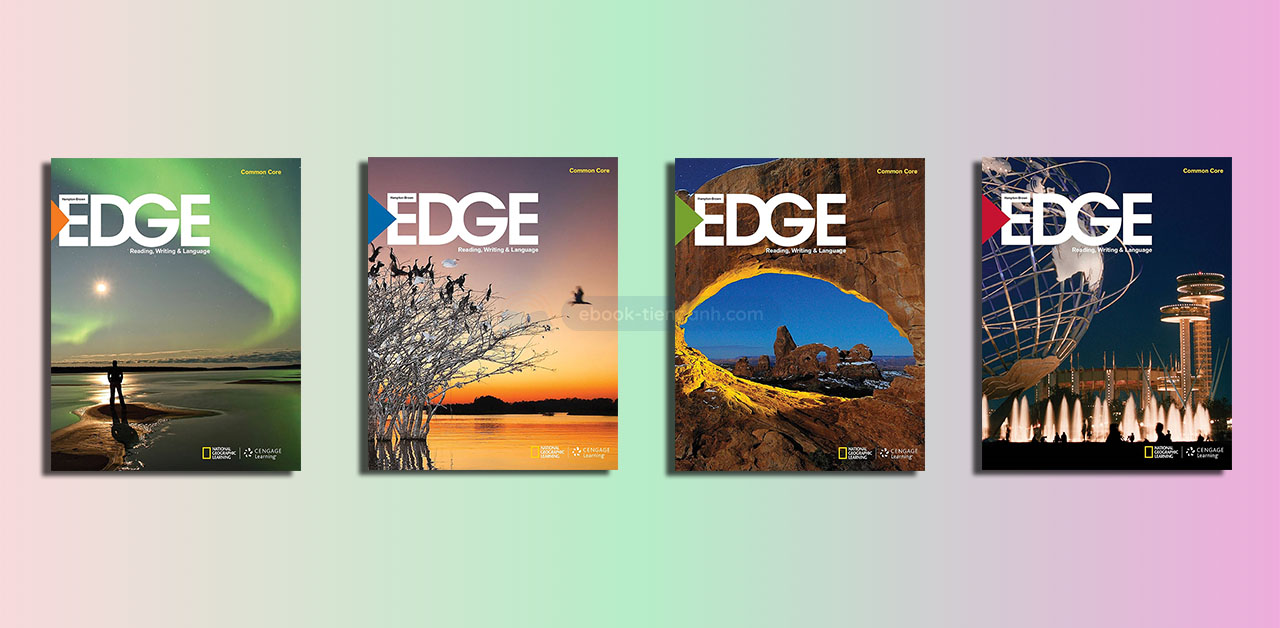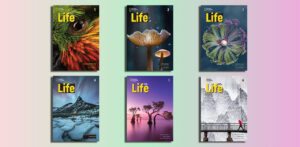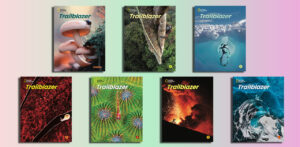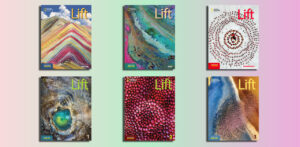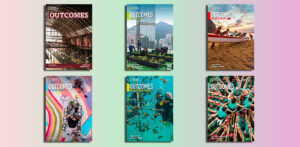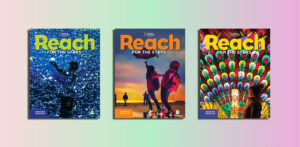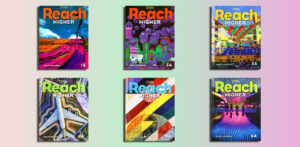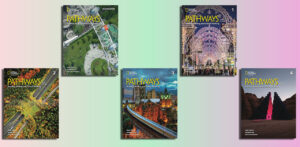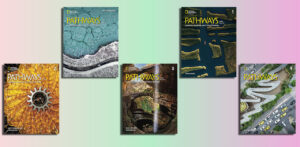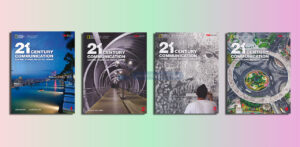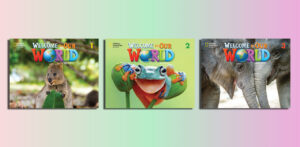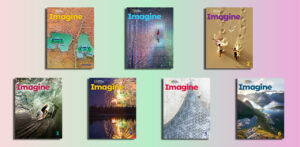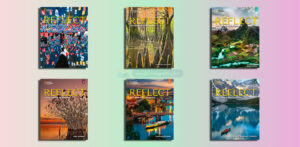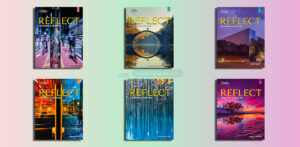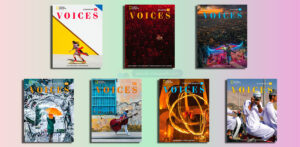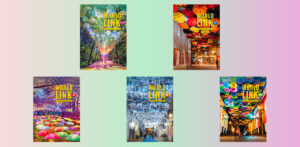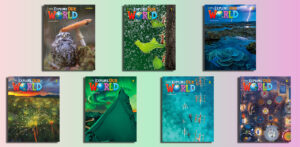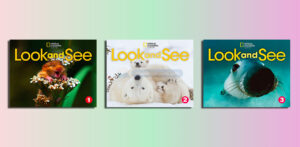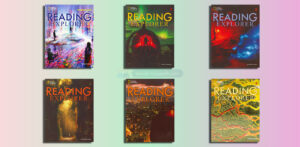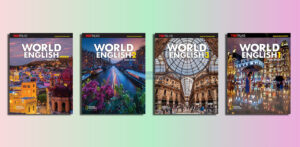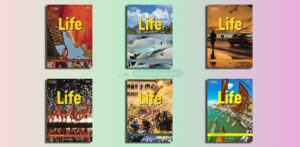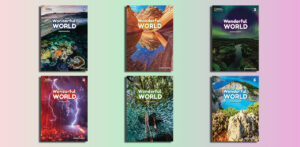National Geographic, Download
Download NGL Edge Reading, Writing & Language PDFs (4 Levels)
Edge Reading, Writing & Language
Level A
Edge Reading, Writing & Language A Student’s Book.pdf – Sample: Click
Edge Reading, Writing & Language A Teacher’s Edition Volume 1.pdf
Edge Reading, Writing & Language A Teacher’s Edition Volume 2.pdf
Level B
Edge Reading, Writing & Language B Student’s Book.pdf – Sample: Click
Edge Reading, Writing & Language B Teacher’s Edition Volume 1.pdf
Edge Reading, Writing & Language B Teacher’s Edition Volume 2.pdf
Level C
Edge Reading, Writing & Language C Student’s Book.pdf – Sample: Click
Edge Reading, Writing & Language C Teacher’s Edition Volume 1.pdf
Edge Reading, Writing & Language C Teacher’s Edition Volume 2.pdf
Fundamentals Level
Edge Reading, Writing & Language Fundamentals Student’s Book.pdf – Sample: Click
Edge Reading, Writing & Language Fundamentals Teacher’s Edition Volume 1.pdf
Edge Reading, Writing & Language Fundamentals Teacher’s Edition Volume 2.pdf
✅ Get Edge Reading, Writing & Language (all files): $6 for one level; $20 for all 4 levels
๏ Other payment methods: Click here
Overview of the “Edge Reading, Writing & Language”
Contents
- 1 Overview of the “Edge Reading, Writing & Language”
- 2 Who is suitable for ‘Edge Reading Writing & Language’?
- 3 The benefits of ‘Edge Reading Writing & Language’
- 4 Effective teaching and learning strategies for ‘Edge Reading Writing & Language’
- 5 Top 12 Educational Series for Enhancing Reading, Writing, and Language Skills in Middle and High School Students: Effective Alternatives to NGL’s Edge Series
| ✅ Coursebook: | Edge Reading, Writing & Language |
| ✅ Publisher: | National Geographic Learning |
| ✅ Skills: | Reading, Writing |
| ✅ For: | Secondary, High School |
| ✅ Publication year: | 2014 |
“Edge Reading, Writing & Language” by National Geographic Learning is a comprehensive educational program designed to enhance the literacy skills of middle and high school students. Here’s an overview of its key features and components:
Target Audience
- Grades: Primarily aimed at students in grades 6 through 12.
- Skill Levels: Suitable for a range of skill levels, from beginners to advanced learners, including English Language Learners (ELLs).
Curriculum Structure
- Content: Integrates engaging and diverse content from National Geographic, including articles, stories, essays, and visual media.
- Reading: Focuses on developing critical reading skills, comprehension, and analytical abilities.
- Writing: Emphasizes writing proficiency across various genres and styles, encouraging students to express their ideas effectively.
Key Components
- Language Development: Includes extensive vocabulary building, grammar, and language usage exercises, taught in context.
- Differentiated Instruction: Offers tailored learning experiences to meet the diverse needs of students, accommodating different learning styles and abilities.
- Assessment Tools: Provides a range of tools for both formative and summative assessments, enabling educators to track and evaluate student progress.
- Technology Integration: Utilizes digital resources and online platforms to enhance the learning experience and engage students in a modern, interactive way.
- Professional Development: Supports educators with training and resources to effectively implement the program and improve literacy instruction techniques.
Educational Goals
- Literacy Enhancement: Aims to significantly improve students’ reading and writing abilities, critical for academic success.
- Engagement and Relevance: Engages students with culturally relevant and interesting content, fostering a love for reading and writing.
- Preparation for Future: Prepares students for higher education and professional success by developing strong literacy foundations.
Conclusion
“Edge Reading Writing & Language” stands out as a robust, versatile, and engaging program, aligning with modern educational standards and catering to the evolving needs of today’s students. It represents a comprehensive approach to literacy, combining National Geographic’s rich content with effective teaching strategies to create a dynamic learning environment.
Edge Reading, Writing & Language A Student’s Book
Who is suitable for ‘Edge Reading Writing & Language’?
The “Edge Reading Writing & Language” program by National Geographic Learning is particularly suitable for:
- Middle and High School Students: The program is designed for students in grades 6 through 12. It caters to the literacy needs of adolescents, offering materials that are age-appropriate and engaging for this age group.
- Students Needing Literacy Support: It is ideal for students who require additional support in developing their reading and writing skills. This includes learners who are struggling with literacy basics or those who are not achieving at grade level in their reading and writing abilities.
- English Language Learners: The program can be highly beneficial for students who are learning English as a second language. The focus on vocabulary development, grammar, and usage, as well as the integration of reading and writing skills, makes it suitable for ELL students.
- Students with Diverse Learning Needs: “Edge” offers differentiated instruction, which means it can be tailored to meet the needs of a wide range of learners, including those with special educational needs or those who require more challenging materials.
- Students Looking to Enhance Writing Skills: For students specifically seeking to improve their writing skills, the program’s emphasis on frequent writing practice across various formats and styles can be very advantageous.
- Educators Seeking Comprehensive Literacy Tools: Teachers who are looking for comprehensive resources to improve literacy in their classrooms will find this program beneficial. It offers a structured approach, assessment tools, and professional development support.
- Schools Focused on Technology Integration in Education: Schools that are emphasizing the integration of technology into learning will appreciate the digital resources and online platforms that accompany the “Edge” program.
In summary, “Edge Reading, Writing & Language” is suitable for a wide range of middle and high school students, particularly those needing extra support in literacy, English language learners, and students with diverse learning needs. It’s also a valuable resource for educators looking for a structured, comprehensive, and technologically integrated literacy program.
Edge Reading, Writing & Language B Student’s Book
The benefits of ‘Edge Reading Writing & Language’
- The “Edge Reading Writing & Language” program by National Geographic Learning offers several key benefits for students and educators alike. These include:
- Enhanced Literacy Skills: The program significantly improves literacy skills among students. It covers a broad spectrum of reading and writing competencies, from basic comprehension to advanced analytical skills, which are crucial for academic success.
- Engaging and Relevant Content: With content provided by National Geographic, the program offers high-interest, culturally relevant materials that engage students. This engagement is essential for motivation and effective learning.
- Integrated Language Development: The program integrates language development with reading and writing. This holistic approach helps students not only learn new vocabulary and grammar but also understand how to effectively apply them in context.
- Improved Writing Proficiency: A strong focus on writing helps students develop their writing skills across various genres. This is critical for their success in both academic and real-world scenarios.
- Differentiated Instruction: “Edge” caters to diverse learning needs by offering differentiated instruction. This ensures that all students, regardless of their skill level, can benefit from the program.
- Comprehensive Assessment Tools: The inclusion of various assessment tools allows educators to effectively track student progress, identify areas needing improvement, and tailor instruction to meet individual student needs.
- Technology Integration: The program’s use of digital resources and online platforms enhances the learning experience, making it more interactive and accessible.
- Support for English Language Learners: It provides robust support for English language learners, helping them improve their language proficiency alongside their peers.
- Professional Development for Educators: The program includes training and support for teachers, ensuring they are well-equipped to implement the curriculum effectively.
- Alignment with Educational Standards: “Edge” aligns with various educational standards, ensuring that the curriculum is relevant and meets the required benchmarks for literacy education.
In summary, “Edge Reading, Writing & Language” offers a comprehensive, engaging, and effective approach to literacy education, benefiting students by improving their reading, writing, and language skills, and supporting educators through resources and professional development.
Edge Reading, Writing & Language C Student’s Book
Effective teaching and learning strategies for ‘Edge Reading Writing & Language’
To effectively implement the “Edge Reading, Writing & Language” program by National Geographic Learning, educators can employ a variety of teaching and learning strategies:
- Differentiated Instruction: Tailor the instruction to meet the diverse needs of students. This involves adjusting teaching methods and materials to cater to different learning styles and abilities. For instance, provide simpler texts for struggling readers or more challenging assignments for advanced students.
- Interactive Learning: Engage students in interactive activities such as group discussions, debates, and collaborative projects. This encourages active participation and helps students apply their learning in practical contexts.
- Integrating Technology: Utilize the digital resources provided by the program. Interactive online platforms can enhance student engagement and provide additional support through multimedia content like videos, audio clips, and interactive exercises.
- Close Reading Techniques: Teach students how to analyze texts closely, focusing on key details, vocabulary, and structure. Encourage them to ask questions, make inferences, and draw conclusions based on textual evidence.
- Writing Workshops: Conduct regular writing workshops where students can practice writing in different genres. Provide feedback and allow peer-review sessions to help students refine their writing skills.
- Vocabulary Development: Implement strategies for vocabulary expansion, such as word walls, flashcards, and context-based learning. Encourage students to use new words in their writing and speaking activities.
- Scaffolding: Provide scaffolding to support student learning. Start with more guided and structured activities and gradually move to more independent tasks as students’ skills improve.
- Reading Across Genres: Expose students to a variety of genres, including fiction, non-fiction, poetry, and drama. This broad exposure helps develop a well-rounded understanding of language and different styles of writing.
- Incorporating Visual Literacy: Use the rich visual content from National Geographic to enhance lessons. Discussing photographs, maps, and infographics can develop critical thinking and visual literacy skills.
- Regular Assessments: Utilize the program’s assessment tools to regularly evaluate student progress. Formative assessments can guide instruction, while summative assessments can measure overall learning outcomes.
- Cultural Relevance: Leverage the culturally diverse content of the program to make connections with students’ backgrounds and experiences, fostering a more inclusive learning environment.
- Professional Development: Teachers should take advantage of the professional development resources provided by National Geographic Learning to stay informed about best practices in literacy education.
By incorporating these strategies, educators can maximize the effectiveness of the “Edge Reading, Writing & Language” program, ensuring that students not only improve their literacy skills but also become more engaged and motivated learners.
Edge Reading, Writing & Language Fundamentals Student’s Book
Top 12 Educational Series for Enhancing Reading, Writing, and Language Skills in Middle and High School Students: Effective Alternatives to NGL’s Edge Series
“Edge Reading, Writing & Language” by National Geographic Learning (NGL) is designed to engage and support middle and high school students, especially those who may be struggling readers or English language learners, by building their reading, writing, and language skills. Here are some alternative educational series that offer similar benefits:
- Inside Reading and Writing by Cambridge University Press – This series is designed to develop academic literacy skills, focusing on critical reading and structured writing practices suitable for middle and high school students.
- Pathways Reading, Writing, and Critical Thinking by National Geographic Learning – Another series from NGL, Pathways integrates reading and writing with critical thinking skills, aiming to prepare students for academic success.
- Longman Academic Reading Series and Longman Academic Writing Series by Pearson Education – These two series separately focus on developing academic reading skills and academic writing skills, providing comprehensive practice and instruction appropriate for middle to high school levels.
- Oxford Skills World: Reading with Writing by Oxford University Press – This series combines reading and writing skills development in one integrated program, offering a range of topics and activities to engage students.
- English for Everyone: English Skills for Intermediate and Advanced by DK Publishing – This visually engaging series uses clear graphics and comprehensive language tasks to improve reading, writing, and communication skills for learners at various levels.
- Developing Reading Skills and Developing Writing Skills by Cambridge University Press – These series focus on each skill individually, providing detailed guidance and practice to help students advance their academic skills.
- Mirrors & Windows: Connecting with Literature by EMC Publishing – This series integrates reading with language arts skills, focusing on literature that reflects diverse experiences and builds critical thinking and writing abilities.
- McDougal Littell Literature by Houghton Mifflin Harcourt – A comprehensive literature series that incorporates reading and writing workshops to build language skills alongside literary analysis.
- Grammar for Writing by Sadlier – Although primarily focused on grammar, this series supports writing development by teaching grammar through the context of student writing, enhancing both grammar and composition skills.
- Focus on Writing by Pearson Education – Specifically designed to improve writing skills, this series also integrates reading components to enhance comprehension and writing responses, suitable for secondary education students.
- SpringBoard by College Board – An integrated English Language Arts curriculum that prepares students for college-level work with a focus on reading, writing, and critical thinking, endorsed by the College Board.
- Writing & Grammar by Prentice Hall (Pearson) – This series focuses on grammar and writing instruction, providing comprehensive materials that help students improve their writing skills through structured and progressive exercises.
These alternatives provide structured and comprehensive approaches to improving reading, writing, and language skills, catering to the needs of students in secondary education who require additional support in language arts.

